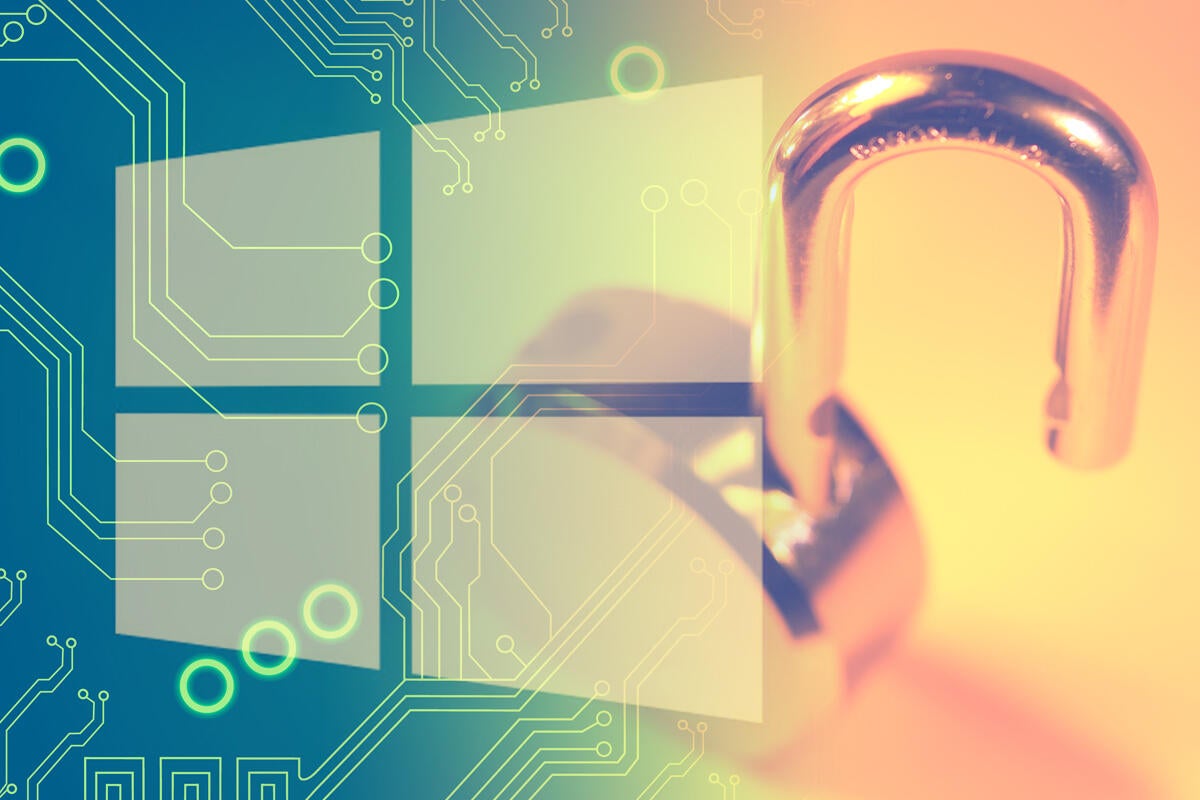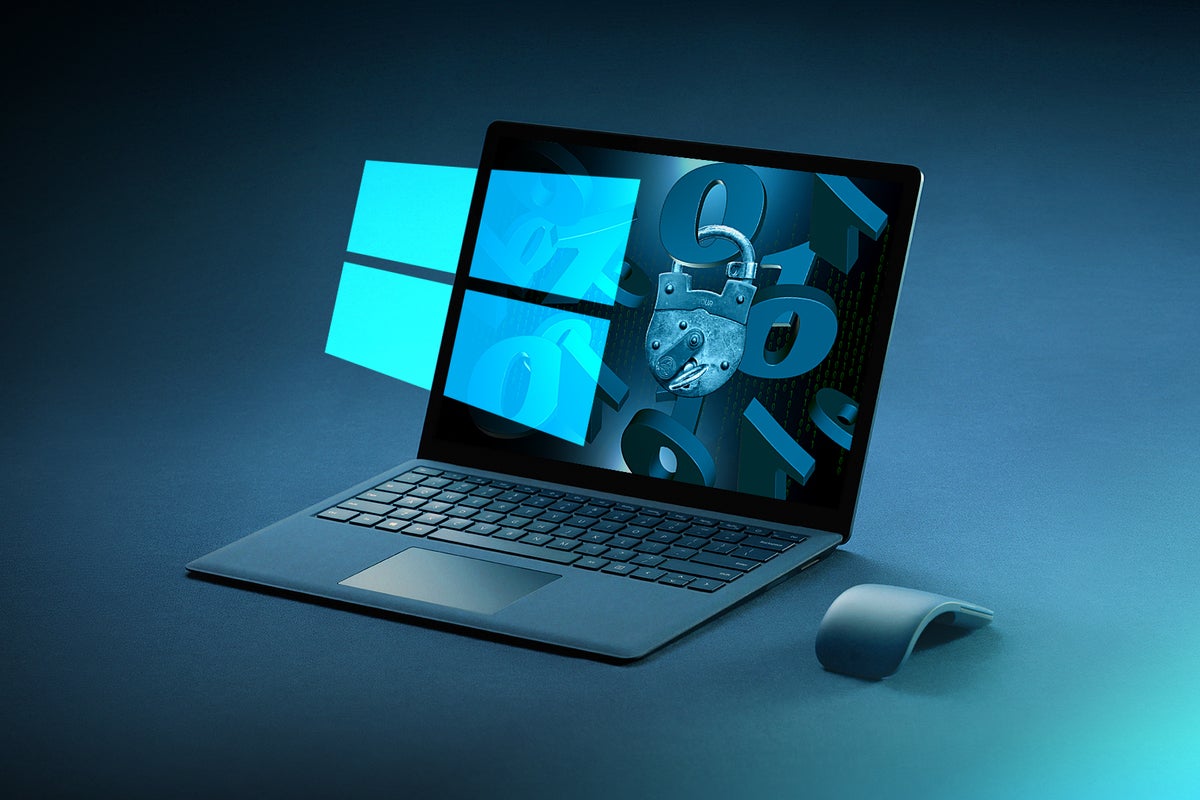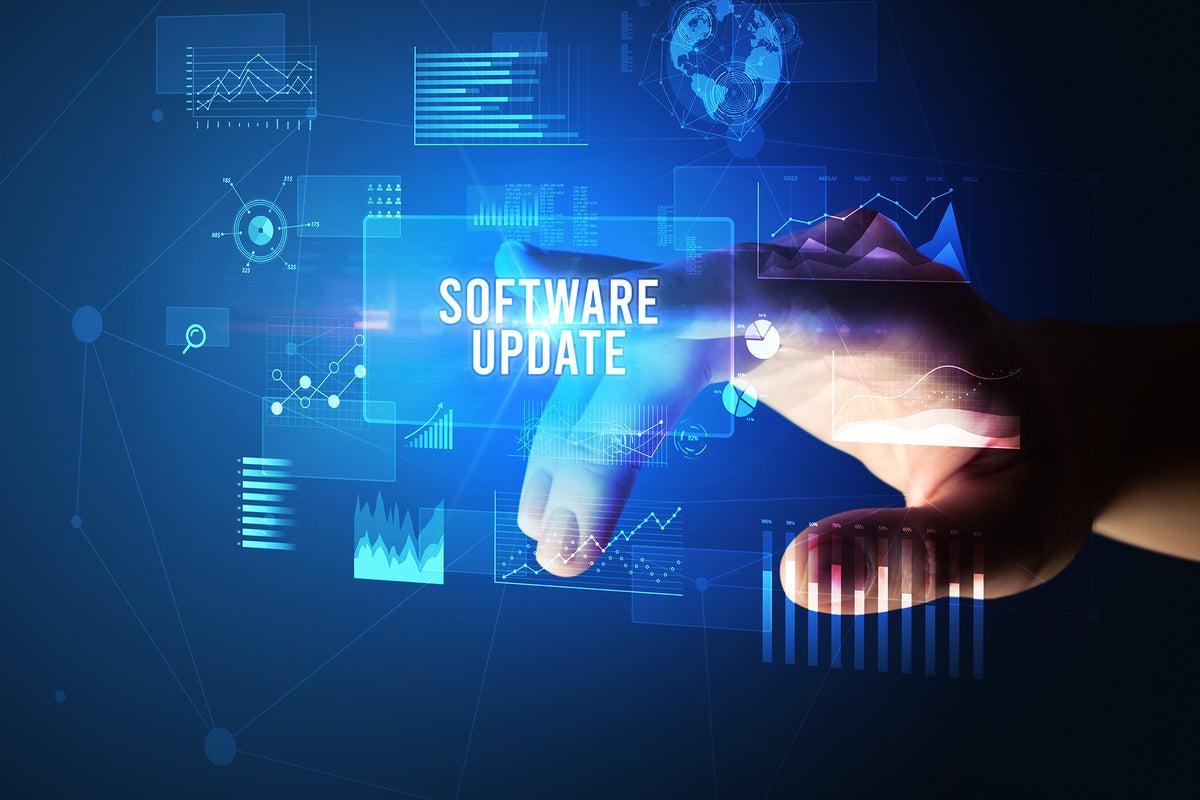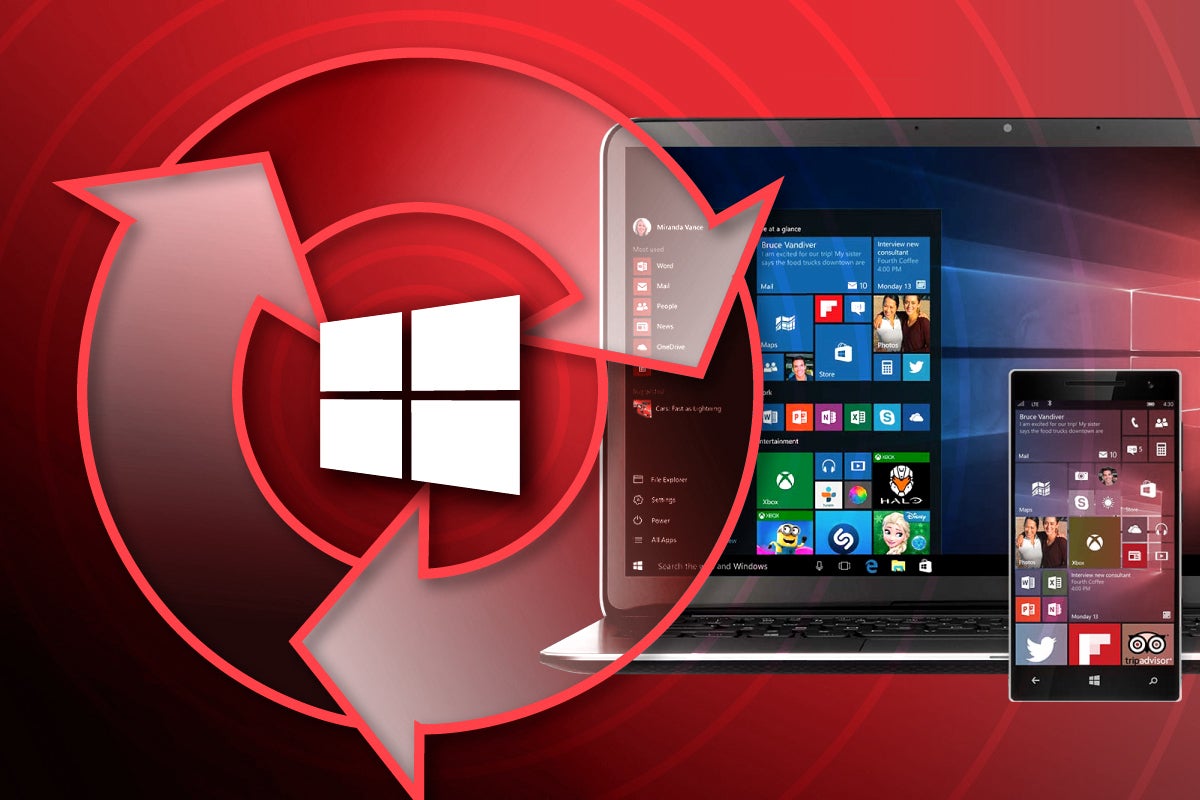Trouble with Windows? You have support options
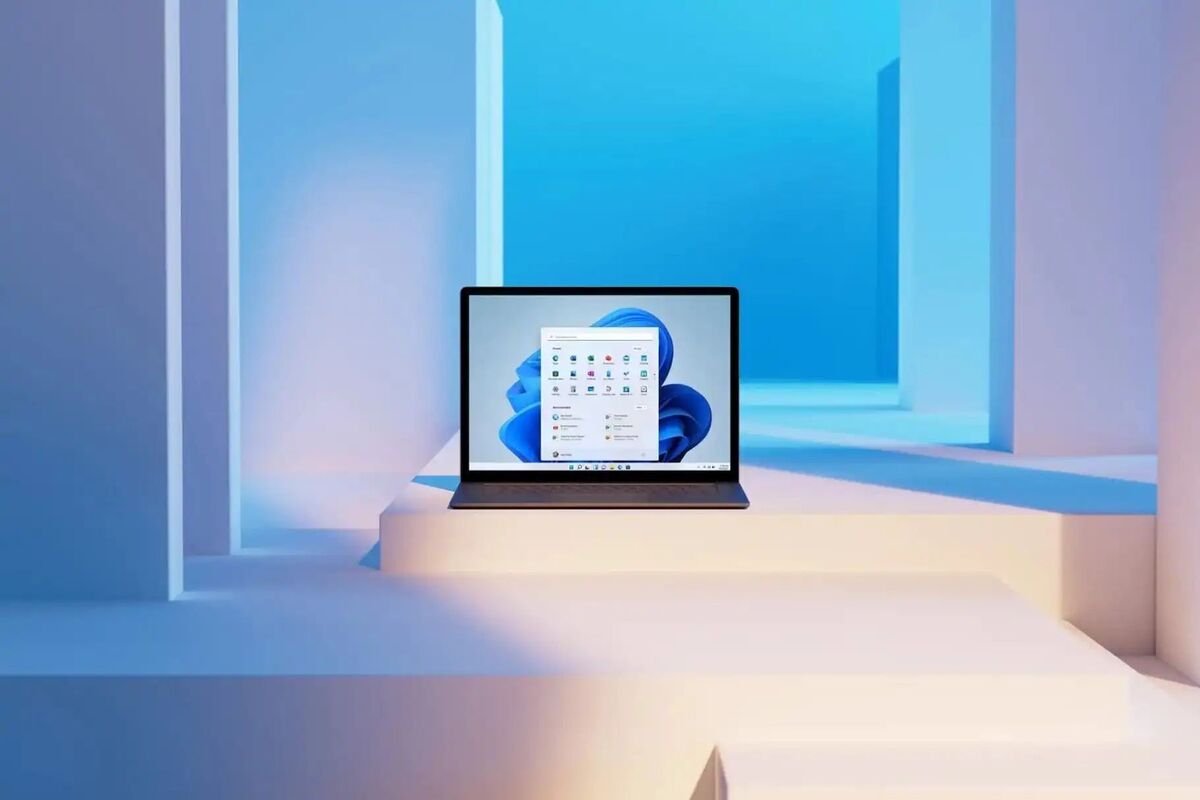
Credit to Author: Susan Bradley| Date: Tue, 21 Jun 2022 05:15:00 -0700
So, you finally got around to installing a Windows update from Microsoft, and there’s a problem. Where do you go for support and assistance?
Short answer: it depends.
If you are an Enterprise customer and have an issue with your work computer — whether in the office or remote — there should be a designated IT administrator or help desk for you. You either call the help desk or open a trouble ticket and someone gets back to you. Often, they have tools to remotely connect to your computer and see what’s going on. If the issue is so serious your machine can’t be fixed, they’ll deploy a new computer or reimage your PC using tools such as Autopilot to deploy a fresh copy of Windows for you.
